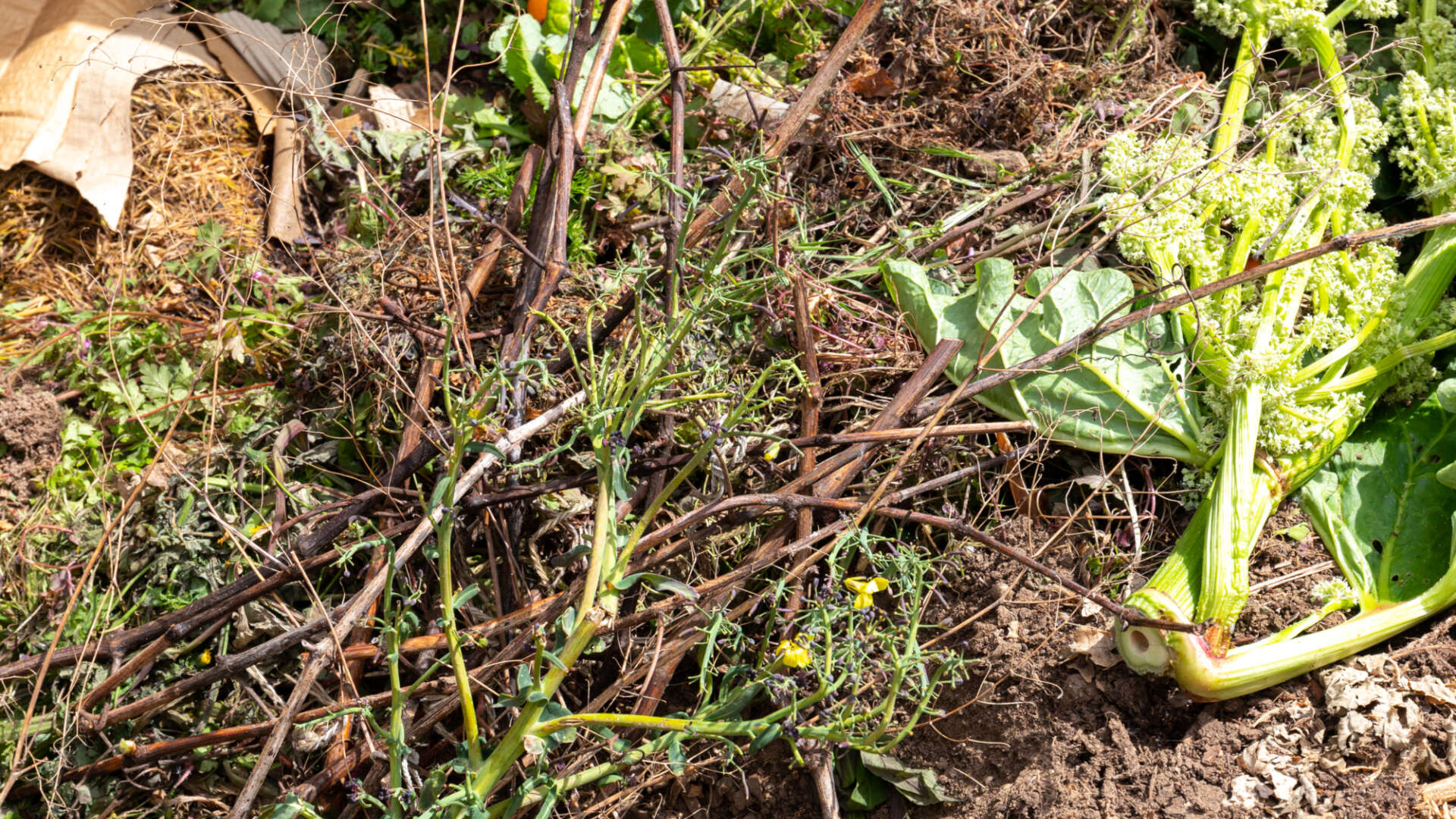How to deal with compostable packaging

We support companies who are trying to do the right thing by producing compostable materials - as it’s far better than vast quantities of non-recyclable materials ending up in landfill or littering streets and parks.
Good compostable materials leave no toxic substances or pollutants in the soil when they break down, and some can even add nutrients.
But the term ‘compostable’ can be a little confusing for consumers, as there's no rules governing what can be called compostable. And, in fact, there is a difference between what’s suitable for a domestic compost heap, and what needs the high temperatures of an industrial composting system to break down. We would love to see companies putting more information on their products and packaging so make this clearer.
In 2015, we ran a citizen science experiment with members to assess how well items marked as ‘home compostable’ broke down within their compost bins. We surveyed members using a number of different items and found the results were mixed, with some showing almost no signs of degradation over the 12-month period and others breaking down well.

Home compostable items do require a little patience as they can take months or years to decompose, depending on how you look after your compost bin. Our tips for recycling compostable packaging are:
- Look out of the OK Home Compost mark. Anything without this certification (aside from paper or cardboard) is unlikely to break down in your compost bin. To find out what to do with any compostable packaging that isn’t suitable for a home compost heap, read your local authority guidelines as they can differ between regions.
- Tear or break the item into small pieces before putting in the bin. The smaller the item, the quicker the micro-organisms in your compost bin will break it down. Think of it as making them more bite-sized.
- Be patient. A heap left to its own devices can take 12-18 months to fully break down. As you start to use your homemade compost, if you find items that should be composted but still look reasonably intact, place them back in the bin.
- Turn your heap regularly to speed up the process. A heap that isn’t turned may take six to 12 months longer to produce compost ready to use.
- Make sure you’re putting in the right things. A healthy compost bin shouldn’t smell and shouldn’t be too wet or too dry. Maintaining a balance of 50/50 greens (nitrogen-rich ingredients such as uncooked fruit and veg peelings) and browns (carbon-rich ingredients such as cardboard and woody prunings) is the most important trick to successful composting.
Our website has lots of simple tips on how to get the most from your composting. Find more information here.